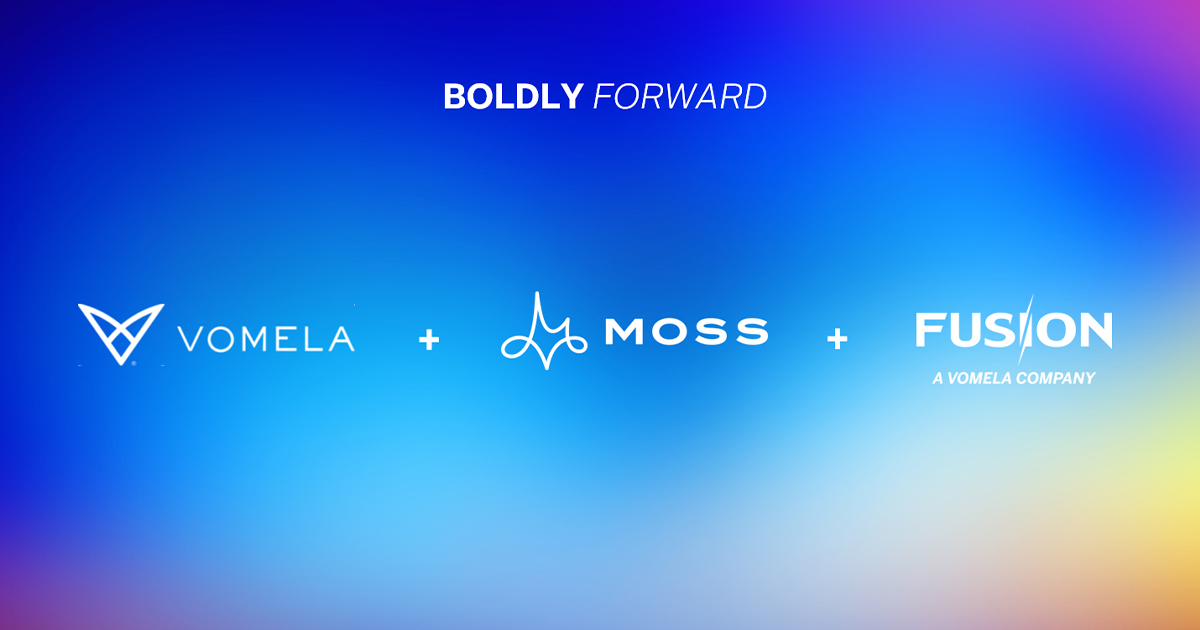
Modern Marketing is All About Conversations

Just north of 20 years ago, a book about how the internet impacts marketing was written. “The Cluetrain Manifesto,” by Rick Levine, Christopher Locke, Doc Searls, and David Weinberger, was centered on one big idea: “Markets are conversations.”
By arguing that “markets are conversations,” The Cluetrain Manifesto was pointing at a fundamental change that the internet—which was just becoming a commercial force at the time—wrought on the way companies communicated with their markets.
This was a shot across the bow of the Mad Men-oriented marketing establishment of the time, in which communication was a one-way street that flowed from the marketing department to the consumer. The only feedback companies got were sales figures and ratings.
Now, this new technology not only enabled smart marketers to listen to what the customer wanted, but also enabled something that had only been the domain of trade shows up to that time. That is, the technology enabled members of the marketplace to communicate with each other—to share ideas and information at never-before-conceived-of speeds.
This may seem trite now, but 22 years ago it was revolutionary to think that companies had no control over the messaging about their products. People in the marketplace, ordinary mortals, could comment and provide their take on everything about a brand and its wares. From this notion arose much of today’s marketing ecosystem.
New Opportunities
The Cluetrain Manifesto’s “markets are conversations” argument proposed that companies that engaged with the market’s conversation faced new opportunities. As long as they spoke with—and not to or at—the market.
Premiere Gal and Adobe are a Cluetrain Manifesto success story. Started in 2016, Premiere Gal is an independent YouTube channel that covers tips and tricks for using Adobe Premiere and other Adobe products more effectively. Founder and host Kelsey Brannan regularly talks about the conversations she has with the Adobe product team. Brennan has grown the channel into a full-fledged educational platform for Adobe products, and has proved to be an effective bully pulpit for helping the Adobe team drive their feature set. And Adobe is listening and gaining significant benefit.
There is no doubt that, as far as marketing is concerned, the internet changed everything. Companies that failed to participate in the conversation in the marketplace, at best, put themselves at great disadvantage.
As did the short-lived, super-funded, mobile-only video service Quibi. Less than seven months after its highly anticipated launch, it was dead. After amassing a reported $1.75 billion war chest, it took seven months for there to be nothing left but lawsuits. There’s no shortage of reasons why Quibi failed, and many of them lead back to that central Cluetrain thesis: Quibi did not pay attention to the conversation in the marketplace. Launching without the ability to take screenshots or share clips, Quibi intentionally did not harness the power of their users to spread the word about the service. So hostile were they to their market that they went so far as to send cease and desist letters to fan podcast Quibiverse, specifically prohibiting them from using the name of the service in any of their coverage. According to reports, they turned a rare ally into a podcast “strictly about spite and revenge.”
Manifestation of the Manifesto
Scrolling through Facebook the other day, I ran headlong into a manifestation of the Manifesto. What could be a more guttural representation of markets being a conversation than comments on an ad? For here was everything the Cluetrain was about: a company speaking with its market and the market speaking right back.
The ad was for a service that purports to create blog posts ten times faster using artificial intelligence. In the ad’s video, what seems to be a busy entrepreneur talks about how the service lets him create blog content fast based simply on some ideas. Sensing a challenge to my own writing career (or perhaps a tool that might help me write more, faster), I clicked through to read the comments and found myself reading the modern-day results of Cluetrain’s thesis. Here was the raw evidence of the market being a conversation about the product being advertised.
Doing some analysis on the comments, I weighted each comment along five categories: Relevance, Sarcasm/Irony, Gibberish (the comment made no sense), Promotional, and Personal attacks. Coming as no surprise to anyone who has used the internet in the last five years, the top category was Personal Attacks that made fun of the man in the ad or the idea of the product. The comments break down as follows:

Presuming that the eight percent of comments promoting competitive products could be considered as relevant, the data on this particular ad shows that less than a third of the commentary on the ad actually helped push the ad’s message further.
Alas, this is probably not the quality of the market conversation that the authors of “The Cluetrain Manifesto” envisioned. Nevertheless, that does not make their prediction any less true. Survey the work that goes on in marketing today and you will see how much the market conversation is built into modern marketing. Good marketing is about listening, being authentic with the customer, and connecting in new and unexpected ways.
Social Media, Twitter, Content Marketing, Influencers, Blogs, Podcasts… they may not owe their existence to “The Cluetrain Manifesto,” but their roles in marketing—engaging with the marketplace, listening to the customer—were definitely presaged more than 20 years ago.



